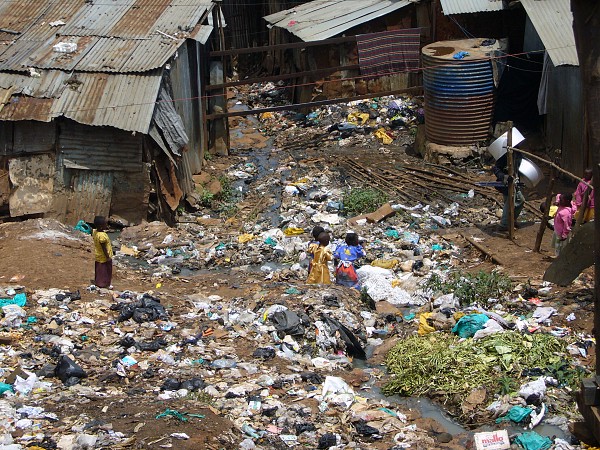jimpeel
Well-Known Member
It seems that he is aware that American poor are better off than the poor in other nations. The Left went berserk because they want Americans to believe that other Americans are living in the same conditions as Haitians.
SOURCE
SOURCE
Rand Paul Under Fire For Saying Poor in U.S. Better Off Than Poor Elsewhere
Published July 13, 2010 | FoxNews.com
LOUISVILLE, Ky. -- Republican U.S. Senate candidate Rand Paul says the poor in America are "enormously better off than the rest of the world," citing an old Cold War film that showed even impoverished homes had color televisions.
Paul's recent remarks at his first forum with Democratic opponent Jack Conway stirred some anger in impoverished pockets of Kentucky, where as many as a third of residents live in poverty.
The libertarian-leaning Paul addressed the issue of poverty by alluding to a decades-old, anti-American propaganda film by the Soviet government designed to criticize the free-market system.
"They filmed a building in the poorer section of New York with some broken windows and they said, `Oh, this is how the poor in America lives,"' Paul said at last week's forum. "But it backfired on them because the Soviet citizens looked at that video closely and they saw flickering color television sets in all those windows."
Paul went on to say that "the poor in our country are enormously better off than the rest of the world. It doesn't mean we can't do better. But we have to acknowledge and be proud of our system of capitalism."
Conway did not respond directly to Paul's comments about poverty, but told the audience he thinks Kentucky's best days are ahead. He said he supports small business tax credits and other measures to boost job creation.
Charles Hardin, a Democratic judge-executive from eastern Kentucky's Magoffin County, said Monday that Paul's comments rubbed him the wrong way and he criticized Paul for relying on "anecdotal tales."
"I think it reflects a dogmatic belief in free enterprise and limited government," said Hardin, who argued that government should reach out to assist those who can't help themselves.
Kentucky ranks among the poorest states in the country. The state tied for second poorest nationally with 17.3 percent of its residents living below the poverty level, according to the most recent U.S. Census Bureau figures.
Knott County Judge-Executive Randy Thompson, a Republican, said Monday he wasn't uncomfortable with Paul's comments about the poor, and that they reflected the truth.
"I know that as bad as we have it, there are people that have it worse in Third World countries," Thompson said.
Albey Brock, another Republican county judge-executive in the region, said he didn't think Paul meant to be hurtful or disparaging with the remarks.
"Oftentimes his unique way of communicating opens himself to criticism to be taken out of context," said Brock, who backed Paul's main opponent in the primary. "And in this instance, I'm not certain I know what context he meant it in."
Paul campaign manager Jesse Benton said Monday that the Republican has used the anecdote for years "to illustrate the strength of America, the power of our traditions and the superiority of freedom to socialism."
Paul, a Bowling Green eye doctor, drew sharp criticism in late May for saying the Obama administration's stance toward BP after the massive Gulf spill was un-American and anti-business. He drew more heat for expressing misgivings about requiring businesses to comply with the Civil Rights Act.
The Republican candidate also sparked a backlash from some county officials for suggesting at last week's forum that he would prefer to see programs for drug abuse paid for at the local level.
The issue came up in a question about a popular, federally funded task force that does drug investigations and pays for treatment for addicts and education programs in eastern and southern Kentucky.
Pike County Judge-Executive Wayne T. Rutherford, a Democrat, said Monday that the drug problem has become too big for local governments to handle all the costs.
"I think he made a drastic mistake," said Rutherford, predicting that the remarks would ultimately cost Paul votes in the region.
Thompson said he agreed that local communities should tackle their drug problems head on, but said, "We can't do it without the help of the federal government."
Paul said at the forum that he would strive to keep more money in Kentucky to deal with drug problems.




